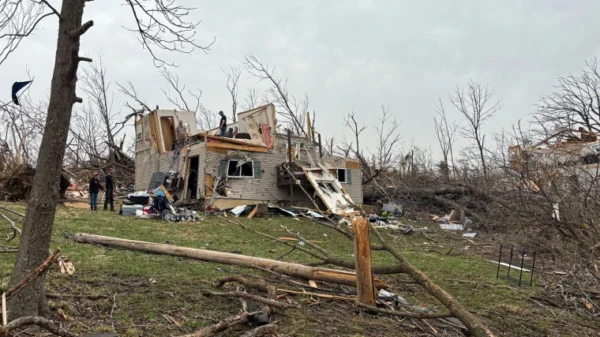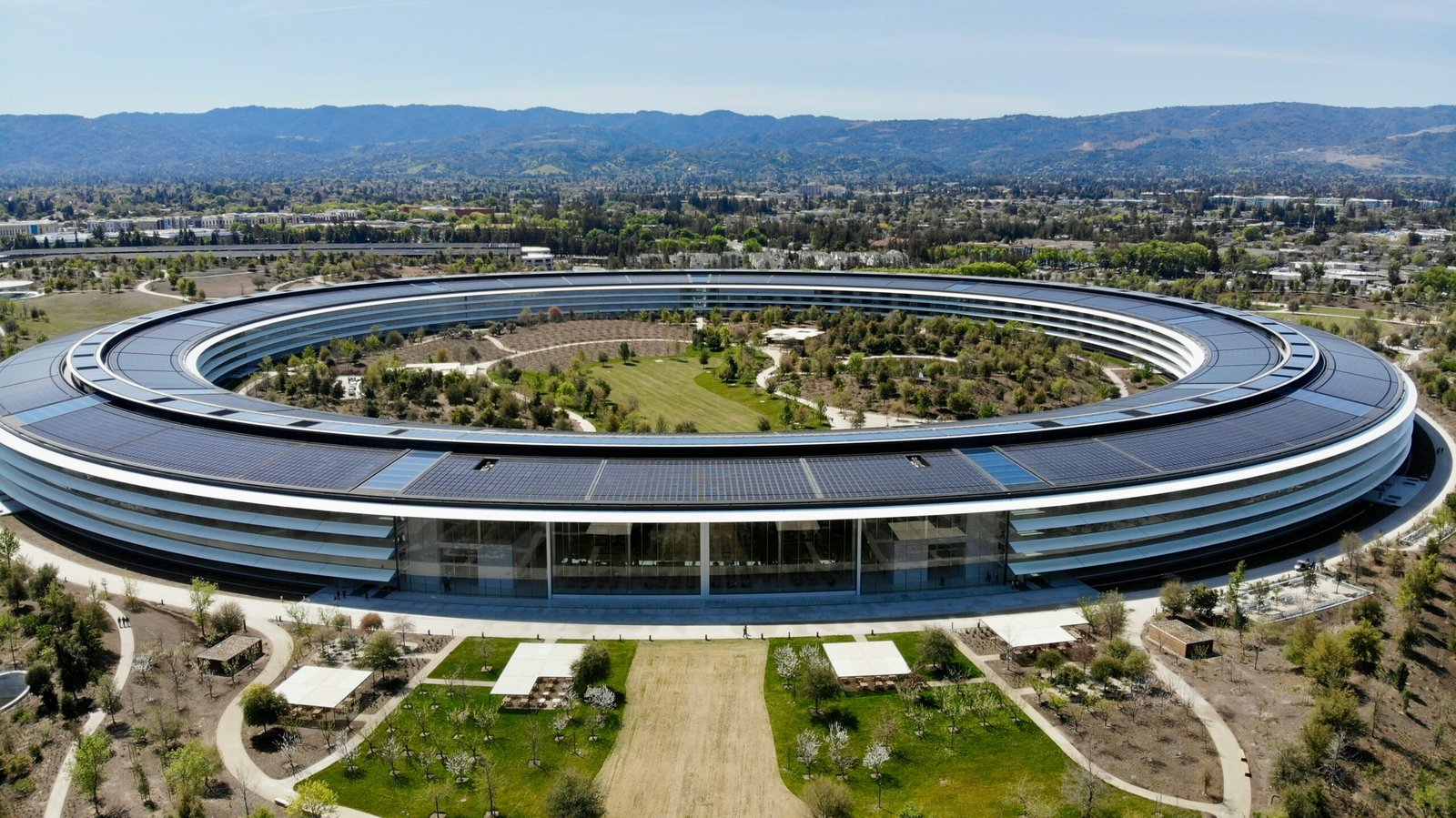Introduction: Accusations of Pollution
Recent allegations have surfaced against Tesla’s massive Fremont factory, raising concerns about environmental pollution in the Bay Area. The lawsuit accuses the electric vehicle manufacturer of emitting arsenic and other pollutants, highlighting the potential environmental impact of industrial operations on local communities and ecosystems.
Environmental Impact: Assessing the Scope of Pollution
The accusations against Tesla’s Fremont factory suggest that the pollution is both extensive and ongoing, signaling potential risks to air and water quality in the surrounding area. Arsenic, a highly toxic heavy metal, poses significant health hazards to humans and ecosystems, raising alarm bells among environmental advocates and residents living near the facility.
Community Concerns: Impacts on Public Health and Well-being
The allegations of pollution at the Tesla plant have sparked widespread concern among local residents, who fear the potential health consequences of exposure to harmful pollutants. Airborne arsenic and other toxins can exacerbate respiratory conditions, increase the risk of cancer, and have adverse effects on neurological development, particularly in children and vulnerable populations.
Legal Action: Pursuing Accountability and Remediation
The lawsuit represents a legal effort to hold Tesla accountable for alleged environmental violations and seek remediation measures to mitigate the impact of pollution on the surrounding community. Plaintiffs are seeking damages and injunctive relief to address the environmental harm caused by the Fremont factory’s operations, underscoring the importance of corporate responsibility and regulatory compliance.
Tesla’s Response: Defending Against Allegations
In response to the allegations, Tesla has defended its environmental record and emphasized its commitment to sustainability and clean energy. The company has stated that it operates in compliance with environmental regulations and employs measures to minimize its ecological footprint, including investments in renewable energy and recycling initiatives.
Regulatory Oversight: Ensuring Compliance and Accountability
The allegations against Tesla highlight the need for robust regulatory oversight to monitor industrial activities and enforce environmental standards. Government agencies play a crucial role in conducting inspections, assessing compliance with environmental regulations, and holding companies accountable for environmental violations. Close collaboration between regulators, industry stakeholders, and community members is essential to safeguarding public health and the environment.
Transparency and Disclosure: Promoting Accountability and Trust
Transparency and disclosure are essential principles in addressing environmental concerns and fostering accountability within the corporate sector. Companies must be transparent about their environmental practices, emissions data, and compliance efforts to build trust with stakeholders and demonstrate their commitment to sustainability. Open dialogue and engagement with affected communities can help identify environmental risks and develop solutions collaboratively.
Investing in Sustainable Practices: A Path Forward
Moving forward, Tesla and other industrial entities must prioritize sustainability and environmental stewardship in their operations. Investing in cleaner technologies, implementing pollution control measures, and adopting sustainable practices can help reduce the environmental impact of industrial activities and protect public health and the environment. By embracing a holistic approach to sustainability, companies can mitigate risks, enhance their reputation, and contribute to a healthier and more resilient future for all.
Conclusion: Addressing Environmental Challenges
In conclusion, the allegations against Tesla’s Fremont factory underscore the complex environmental challenges associated with industrial operations in the Bay Area and beyond. By addressing pollution concerns, promoting regulatory compliance, and investing in sustainable practices, companies can mitigate environmental risks and fulfill their responsibility to protect public health and the environment. Collaboration between stakeholders is essential to addressing these challenges effectively and ensuring a sustainable future for current and future generations.
































